RICHARD ANUSZKIEWICZ (b.1930)
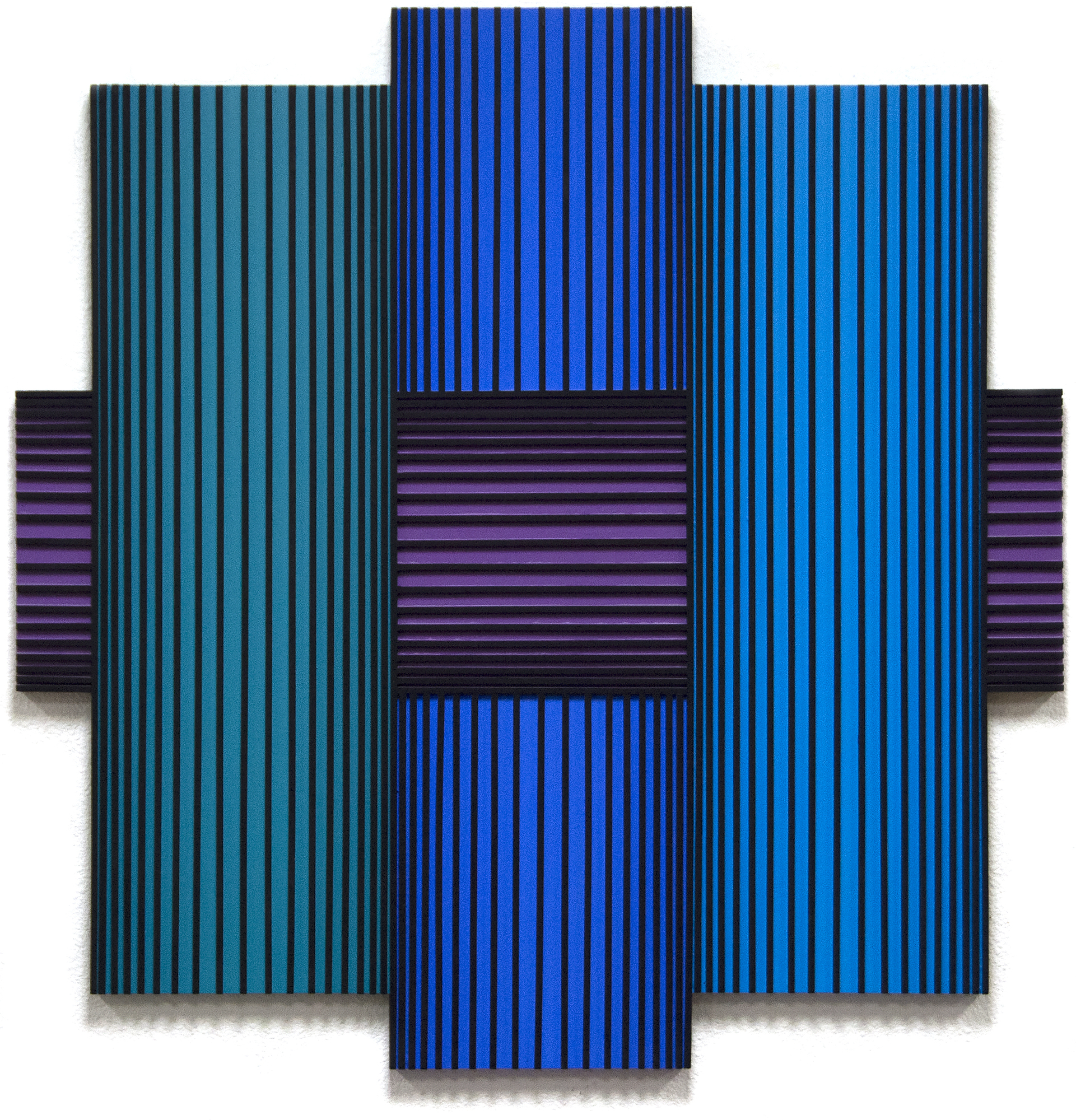
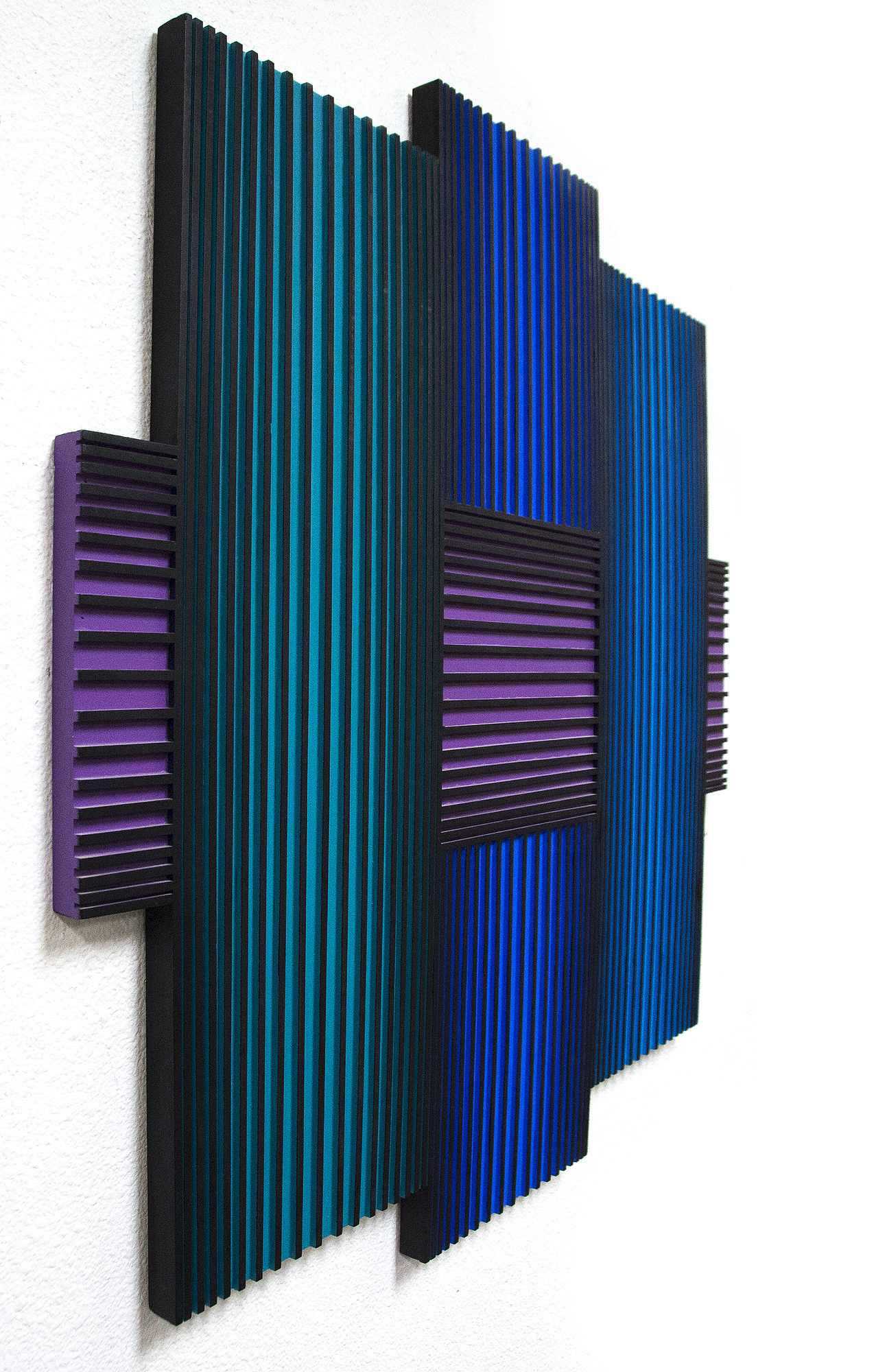
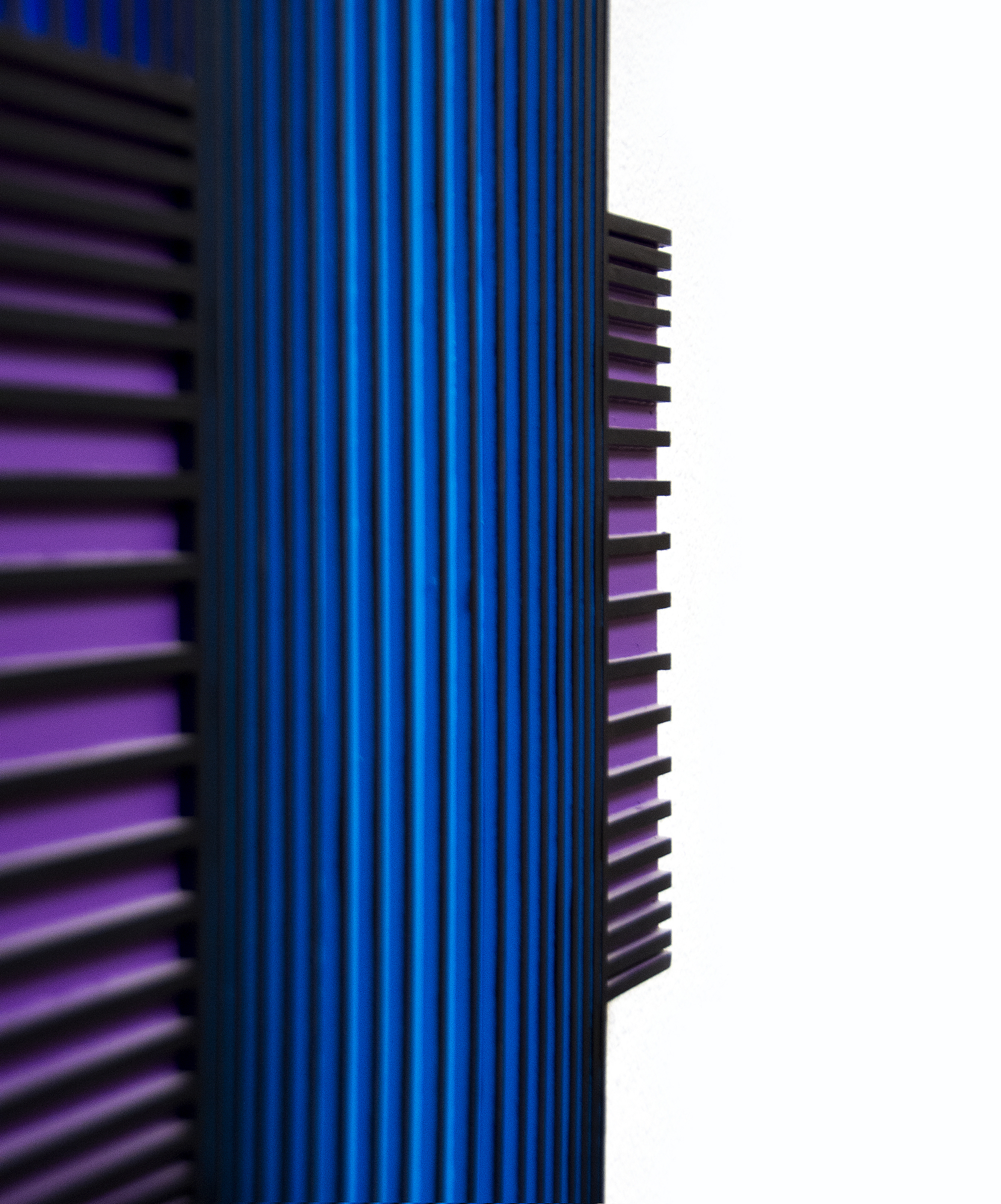

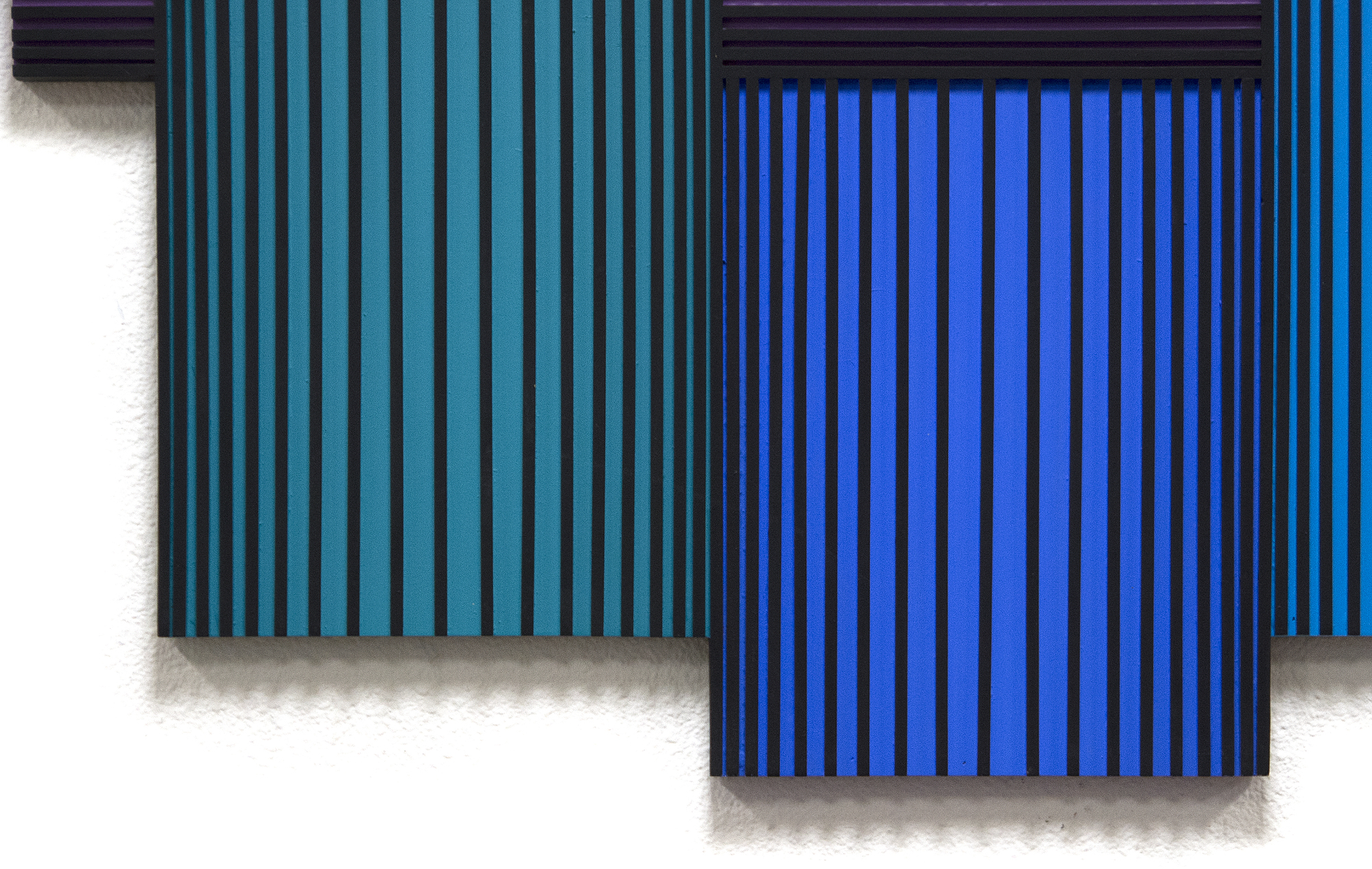



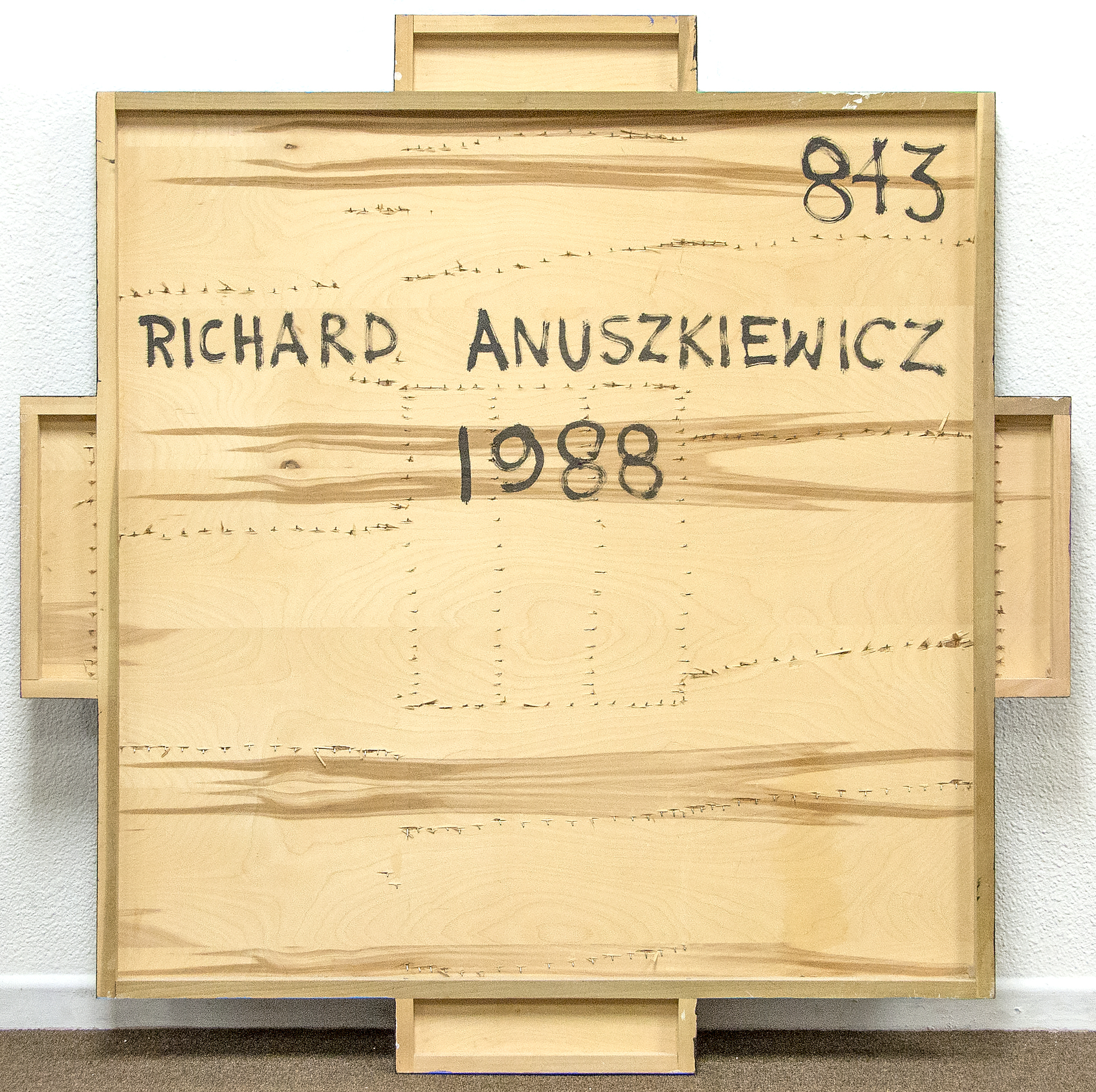
Procedencia
Colección del ArtistaGalería Charles Foley, Columbus, Ohio
Colección privada, California, 1988
Heather James Fine Art, California
Colección privada, California, 2019
105,000
Un alumno de Albers, Richard Anuszkiewicz, utilizaba esmalte y pintura acrílica sobre madera para crear sus composiciones inflexibles y exactas. En la presente obra, "Translumina", se percibe un gran sentido de la acción. La obra hermana de "Translumina", "Translumina II" (1986), se encuentra en la colección permanente de la Albright-Knox Art Gallery de Búfalo.


